Chew Joo Chiat was a migrant from China who eventually used his wealth to give back to society (he came from a time, before the change in social compact that we see today). Joo Chiat began his career as a small time trader who made good deals, eventually ending up as a plantation owner. In the early 1900s, he bought up huge tracts of land in the Katong and East Coast area, today’s Joo Chiat area as well as the surrounding areas. He made dirt tracks available for public use (which eventually became roads, most significantly – Joo Chiat Road).
 Chew Joo Chiat (Source – link leads to a blog by the descendant of Chew Joo Chiat)
Chew Joo Chiat (Source – link leads to a blog by the descendant of Chew Joo Chiat)
Before Joo Chiat’s arrival, the land was mostly plantation land for coconuts and cotton. There were pockets of residents, small villages and seaside bungalows for the rich. By the 1900s, Eurasians and Peranakans who aspired to the good life became to flood the east, driving up demand for land. As more and more moved eastwards, the government responded by building a tram between Joo Chiat-Changi Market (Joo Chiat Complex today) and Tanjong Pagar (Neil Road). With growing demand for land raising land prices, the Chews decided to sell tracts of land for commercial and residential purposes (I wonder if they could have rented out the land). The land was eventually taken over by the government (the colonial government) and more roads were laid (including, Pennefather, Everritt, Still and Koon Seng Roads).
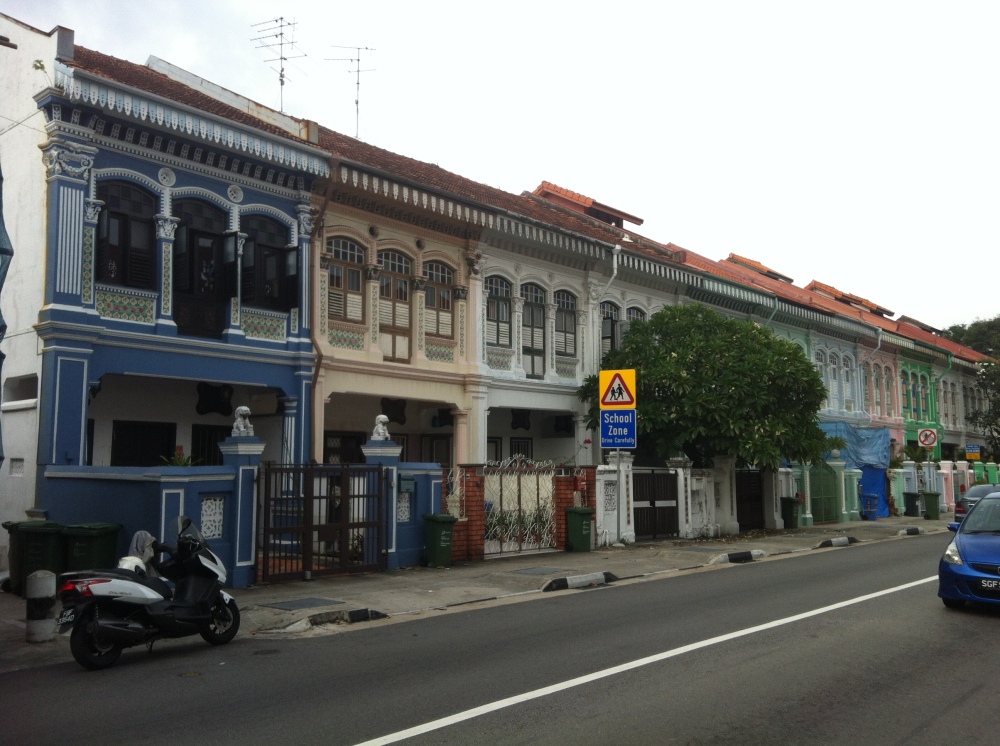 Joo Chiat continued to grow after the war, with cinemas and shopping malls sprouting. It was the avant-garde of modern Singapore and spoken about on the same level as Orchard Road is today (Orchard Road began its path to shopping mecca only in the late 1950s and chugged along until a decade later when things started picking up). Along Katong-Joo Chiat was the Roxy Theatre, Odeon Cinema, the Katong Shopping Mall just to name a few. Then there were the famous food stalls such Roxy Laksa, Janggut Laksa. Being home to the middle class (then as now), it was the place to be seen.
Joo Chiat continued to grow after the war, with cinemas and shopping malls sprouting. It was the avant-garde of modern Singapore and spoken about on the same level as Orchard Road is today (Orchard Road began its path to shopping mecca only in the late 1950s and chugged along until a decade later when things started picking up). Along Katong-Joo Chiat was the Roxy Theatre, Odeon Cinema, the Katong Shopping Mall just to name a few. Then there were the famous food stalls such Roxy Laksa, Janggut Laksa. Being home to the middle class (then as now), it was the place to be seen.

 Joo Chiat-Katong is not a small district, and the hip factor was mostly confined to one road – East Coast Road.
Joo Chiat-Katong is not a small district, and the hip factor was mostly confined to one road – East Coast Road.
 Joo Chiat has a road named after him, Joo Chiat Road, running north to south, links the Malay cultural centre of Geylang Serai with the Peranakan heartland of Katong. And the character of the road changes progressively from north to south, to reflect this.
Joo Chiat has a road named after him, Joo Chiat Road, running north to south, links the Malay cultural centre of Geylang Serai with the Peranakan heartland of Katong. And the character of the road changes progressively from north to south, to reflect this.
Opening up from the north, Joo Chiat Road shares much Malay character seen in the restaurants, and shops located mostly there.



 The malay influence continues until the Masjid Khalid at the centre.
The malay influence continues until the Masjid Khalid at the centre.
 Something should be said about Masjid Khalid. Masjid Khalid was formerly land on which Nasi Kandar hawkers would rest after working. These hawkers approached and convinced the owner of the land Haji Abdul Khalid to build a place of worship on this land in 1917. It’s first Iman, apart from being a spiritual leader was also a great cook, a reputation that this mosque preserves today in apparently serving up some of the best Nasi Briyani in Singapore. The mosque also seems to have a strong tradition of picking strong candidates for the muezzin. Here for example is the muezzin from Masjid Khalid singing the Azan, the call to worship.
Something should be said about Masjid Khalid. Masjid Khalid was formerly land on which Nasi Kandar hawkers would rest after working. These hawkers approached and convinced the owner of the land Haji Abdul Khalid to build a place of worship on this land in 1917. It’s first Iman, apart from being a spiritual leader was also a great cook, a reputation that this mosque preserves today in apparently serving up some of the best Nasi Briyani in Singapore. The mosque also seems to have a strong tradition of picking strong candidates for the muezzin. Here for example is the muezzin from Masjid Khalid singing the Azan, the call to worship.
There is an old photo framing company next to the mosque, but business has dulled somewhat, probably much less compared to its heyday.
 The mosque is the divider, because once we past the mosque, the scene changes. Malay culture sits next to Chinese culture.
The mosque is the divider, because once we past the mosque, the scene changes. Malay culture sits next to Chinese culture.
Buildings take on Chinese motifs such as the dragon.
 Then there are temples, dedicated to very Chinese gods.
Then there are temples, dedicated to very Chinese gods.
 Temples are exceeding Chinese in character such as this the Kuan Im Kuan Di Gong, dedicated to the Chinese ancestral hero Guan Yu (he is particularly worshipped by police, triads and is respected for traits such as loyalty and bravery).
Temples are exceeding Chinese in character such as this the Kuan Im Kuan Di Gong, dedicated to the Chinese ancestral hero Guan Yu (he is particularly worshipped by police, triads and is respected for traits such as loyalty and bravery).
Just as there are dying traditional trades on the malay side of Joo Chiat, there are also such traditional trades on the chinese side – literally about dying.
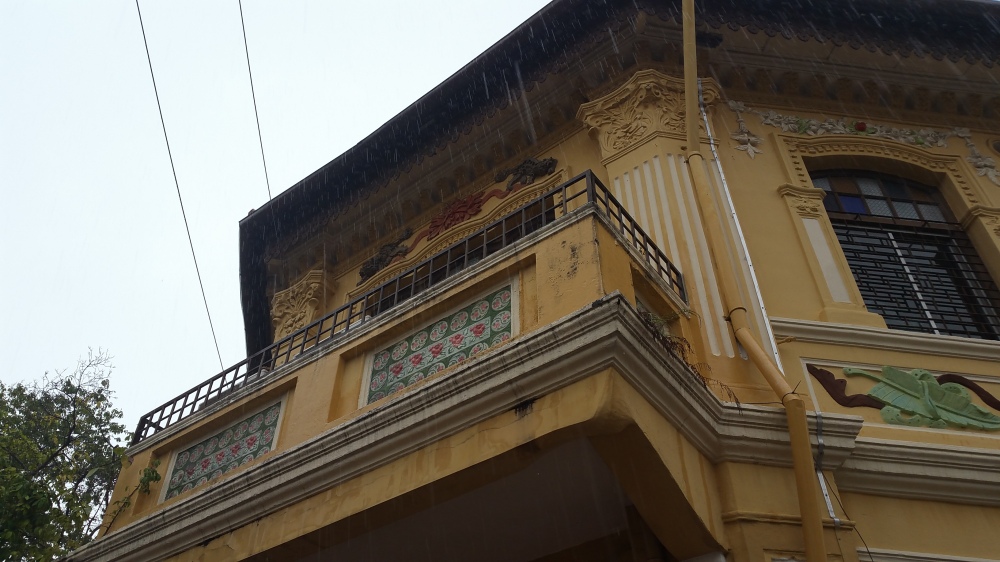
 Joss paper burning is a popular practice among the taoist in Singapore (and the more syncretic forms of local Buddhism, which has died down in recent years due to more “pure” forms arriving from outside). Here is a video from Seeker Network. While it talks about China and funerals, it is applicable to Singapore and beyong funerals but also ancestor worship.
Joss paper burning is a popular practice among the taoist in Singapore (and the more syncretic forms of local Buddhism, which has died down in recent years due to more “pure” forms arriving from outside). Here is a video from Seeker Network. While it talks about China and funerals, it is applicable to Singapore and beyong funerals but also ancestor worship.
Other traditional trades include old rattan making.
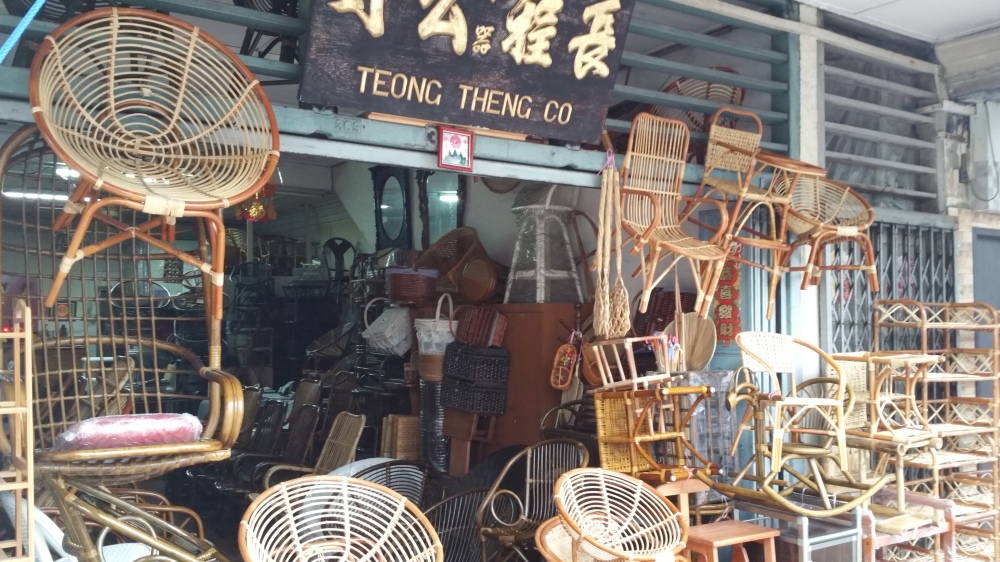 The Peranakan culture is however a mix of local culture and (mainly) Chinese culture, and the chinese and malay cultures merge into a peranakan one.
The Peranakan culture is however a mix of local culture and (mainly) Chinese culture, and the chinese and malay cultures merge into a peranakan one.



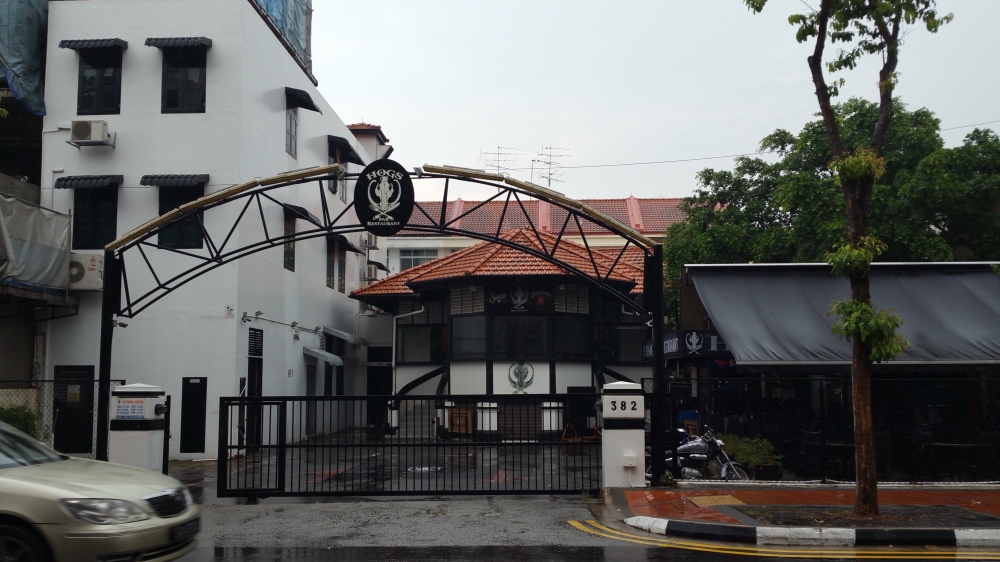
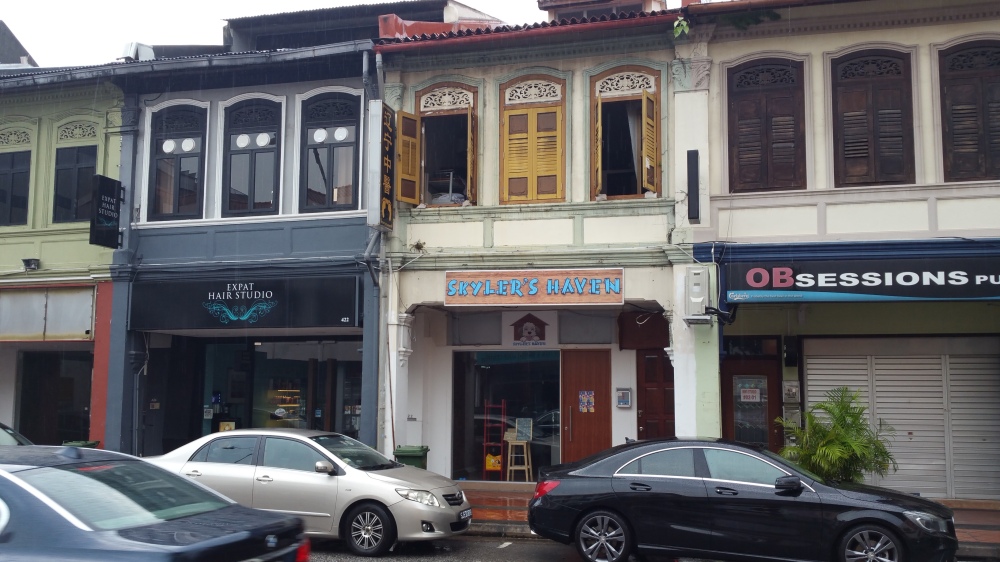 Perhaps today, its a little harder to see the peranakan culture, it might be better to describe the southern edge of Joo Chiat Road as the most hip and modern chic.
Perhaps today, its a little harder to see the peranakan culture, it might be better to describe the southern edge of Joo Chiat Road as the most hip and modern chic.
Joo Chiat is a charming place, but in recent years, it has seen an invasion of KTVs and sleazy nightclubs (in Singlish: Lup Sup Bar, Lup Sup is hokkien for “dirty”).
Efforts to clean up the sleaze have by and large failed, making it a political hot potato in the a decade ago in the 2006 General Elections (this part of Joo Chiat was subsequently redrawn into a group constituency in the 2011 election).
But that’s not all there is to Joo Chiat.
Oh no. We’re just getting started.
How to get there
5 Comments Add yours